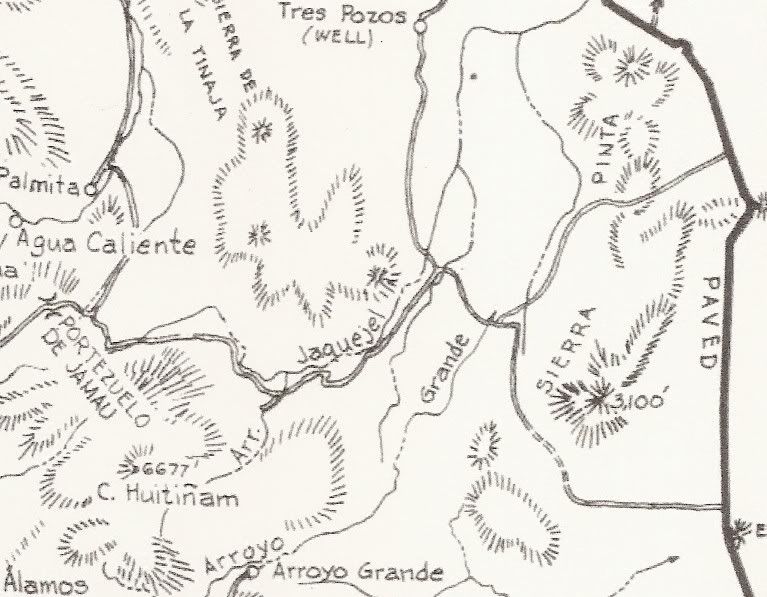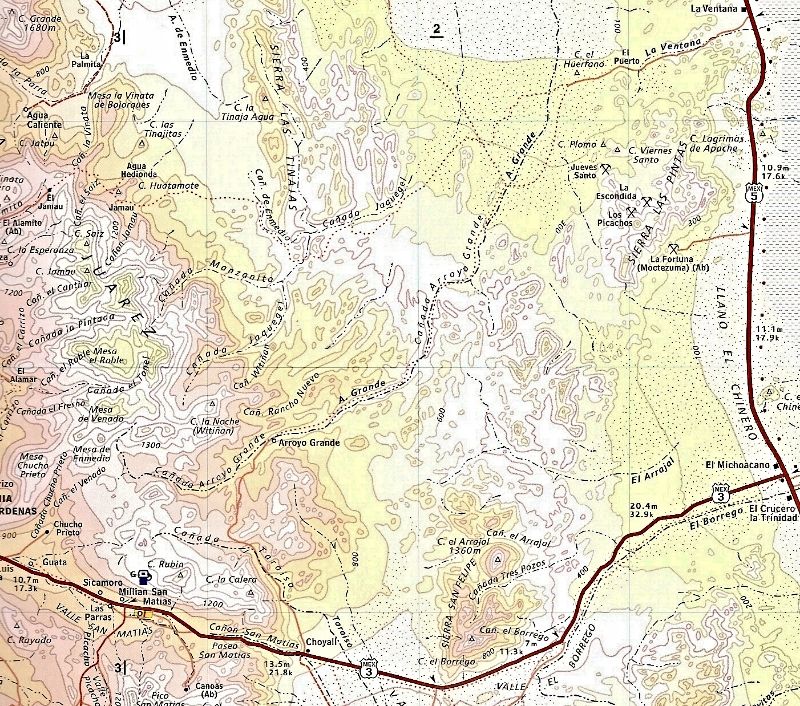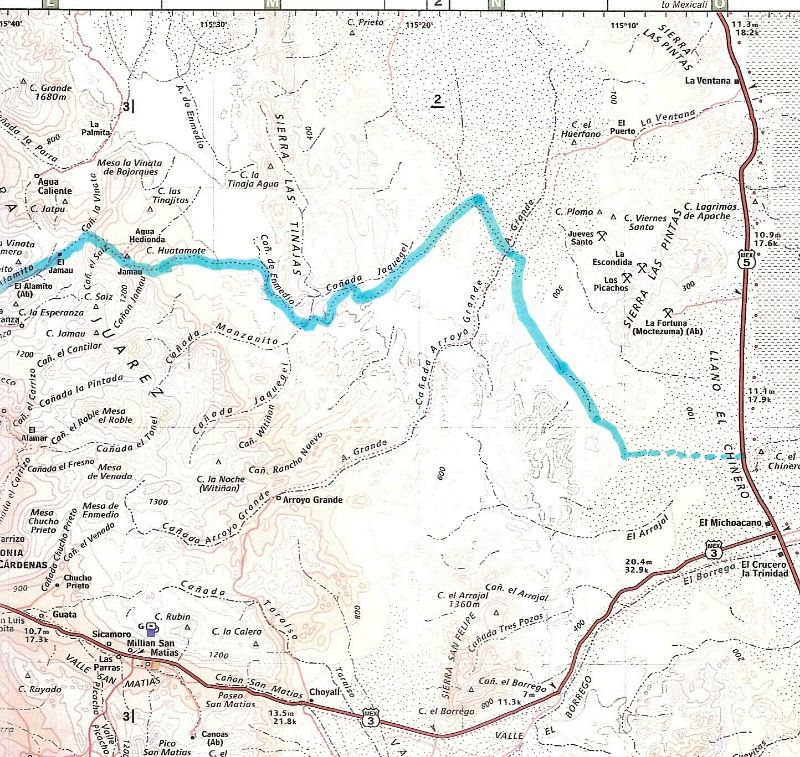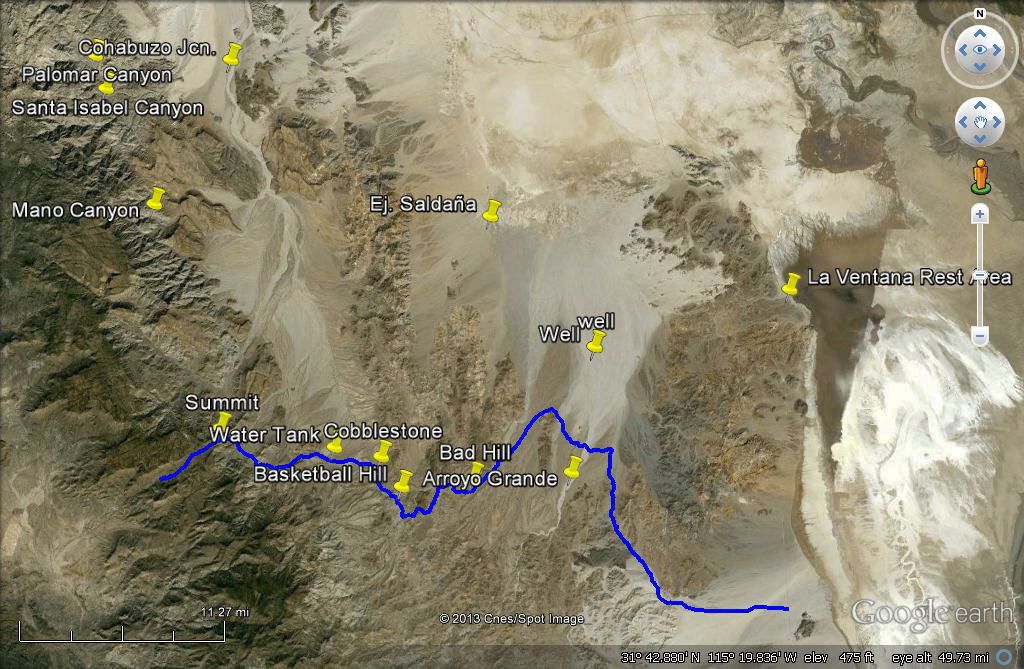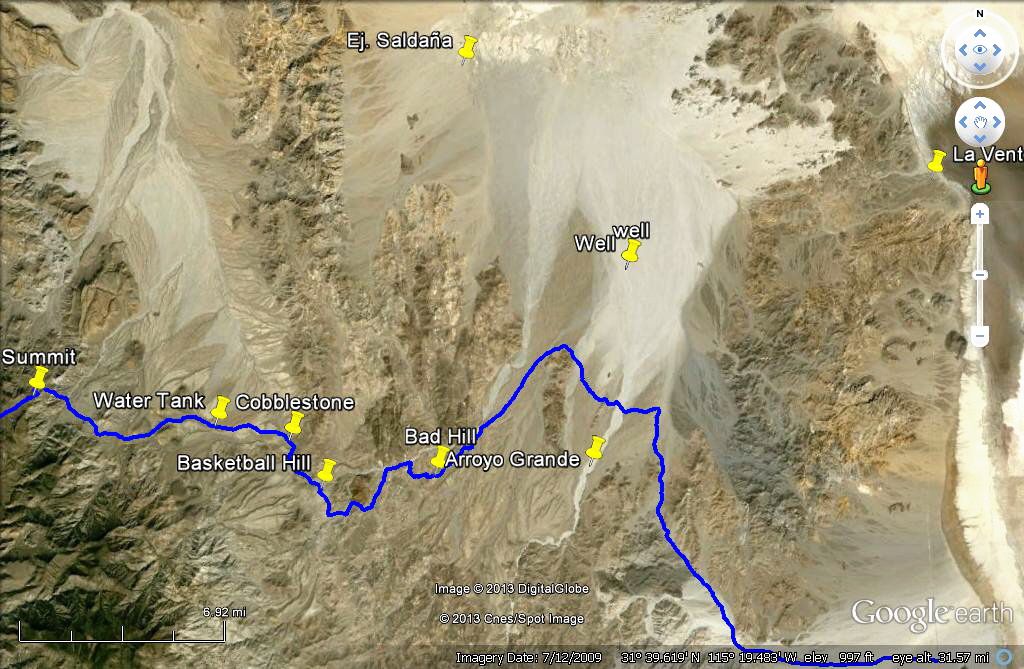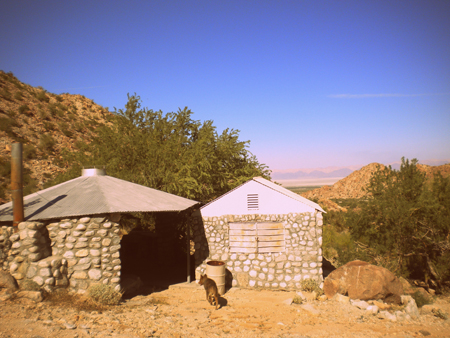On Saturday through Sunday AM - Exploring Guadalupe Canyon, setting up camp, enjoying the hot tub.
On Sunday - Travel to Cañon Jaquegel
On Monday - Hike Cañon Jaquegel to the hunting blinds that Neal Johns shared with me.
(If gas permits,) Rockcrawl Cañon Enmedio to the falls and back - 2nd night Jaquegel.
On Tuesday - Complete the trail - Hwy 5 to home.






